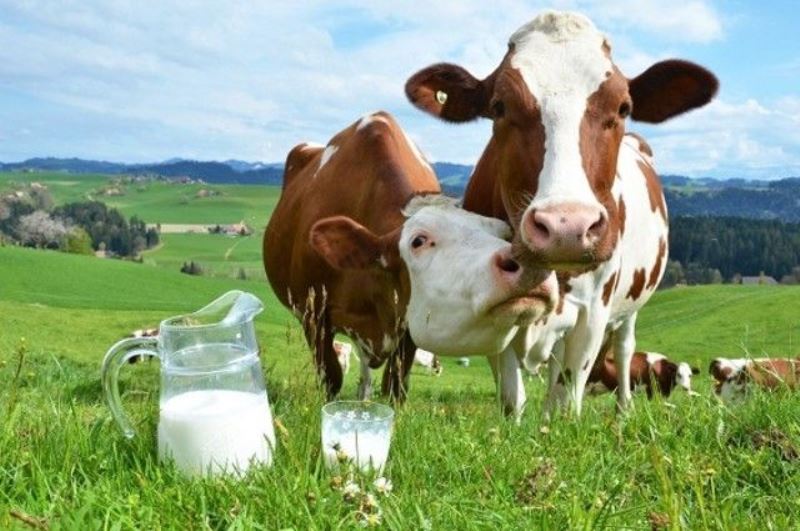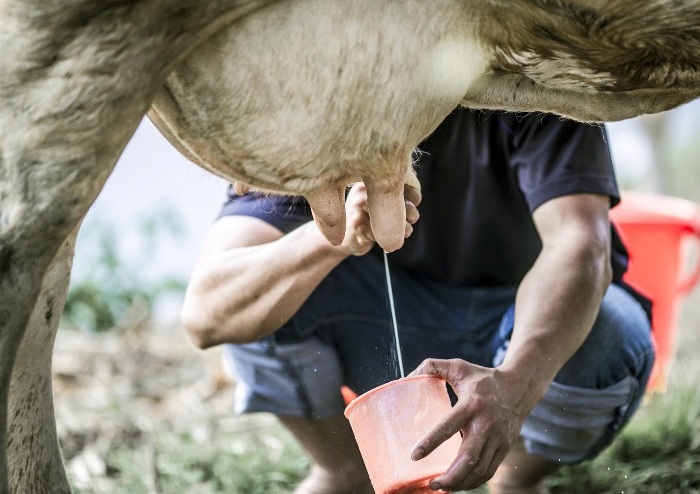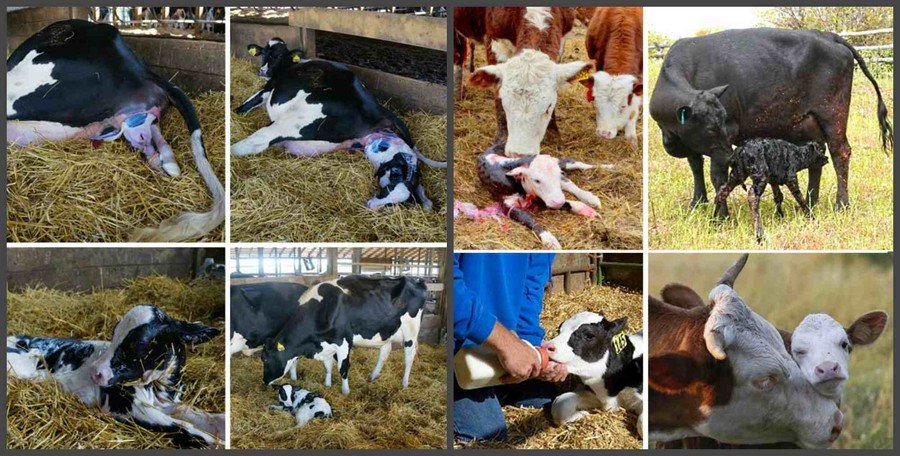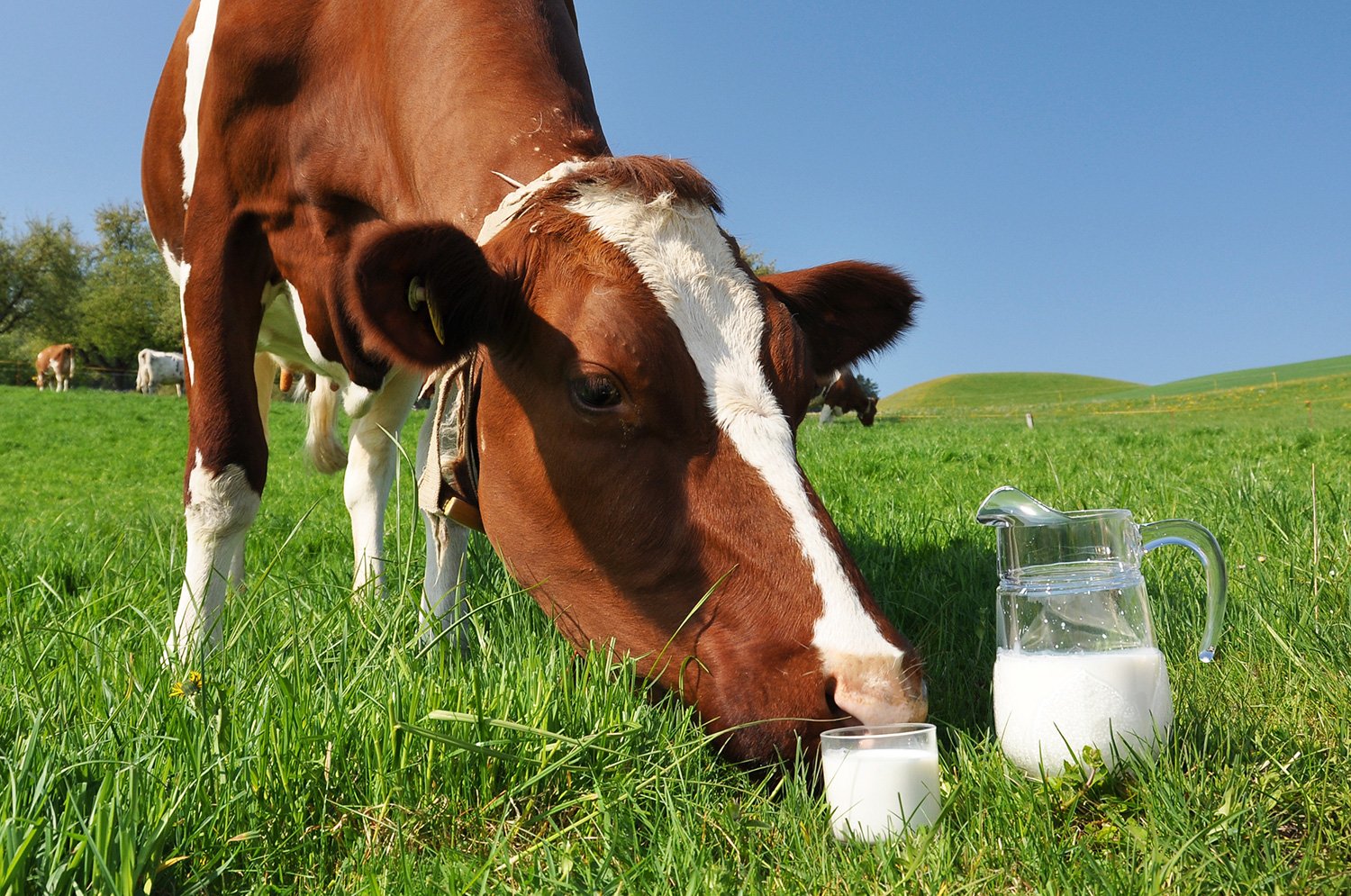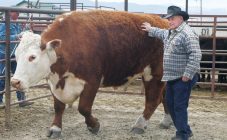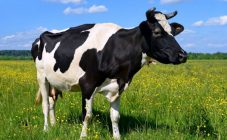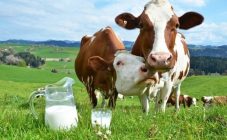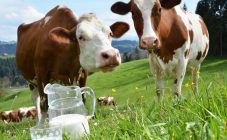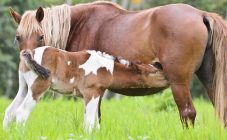Content:
The first product that a person tries in his life is milk. First maternal, and later cow. Moreover, the latter type is no less useful than the one that babies are fed from the first days of birth.
The benefits of milk
Milk and fermented milk products in the diet of a person, especially a child, are priceless. They contain not only calcium, but also a large amount of vitamins, proteins, carbons, amino acids, as well as fats and protein. If a baby milk provides all the necessary substances for growth and development, then an adult - most of what is necessary to maintain the vitality of the body. It is also low in calories and essential for most diets.
Regular consumption of milk contributes to:
- prevention of cardiovascular diseases;
- renewal of blood cells; getting rid of heartburn;
- normalization of the digestive process;
- strengthening bones, hair, nails;
- return to normal nervous system.
Modern manufacturers offer a wide range of milk: pasteurized, ultra-pasteurized, dry, but the most useful is steam. It does not undergo any thermal treatments, therefore it retains the maximum amount of nutrients.
First milk
The process of obtaining milk from cattle is not easy, it requires experience and knowledge. And the first step is to choose the right non-beef cow. The dairy cow has a poorly expressed muscular system, strong but not thick bones, a wide pelvis. Her forelegs are set wide apart, and the udder has distinct milk veins. The neck is pleated and longer than that of a beef cow, the muzzle is elongated. The skin is beautiful, soft to the touch and easily pulled on the sides.
Experienced livestock breeders know exactly when a cow begins to give milk for the first time, and people far from animal husbandry associate this event with the appearance of a calf. Theoretically, yes, the beginning of milk production from a cow occurs after the birth of a mooing baby. Milk production is a consequence of cow lactation. It reproduces to feed the offspring. If there is no naturally completed pregnancy, then there is no milk! Why? There is no one to feed. At the same time, even if the newborn was immediately taken away, he was born dead or prematurely, it does not matter, because there was childbirth, hormones were released, milk was produced, the cow yields.
In the case of the first milking after childbirth, the milk is yellow with high fat content. It is also called colostrum. It is this that contributes to the adaptation of the calf to life outside the mother. In addition, such milk does not boil, but curdles at high temperatures. It contains more keratin than milk that everyone is used to. After milking, the product looks like cottage cheese, the taste resembles boiled milk.
Milk all year round
After giving birth, you need to monitor the health of the cow regularly and provide her with proper care: milk at the same time, get vaccinated, follow the diet. The quality of milk yield and its volume depends on this.
With proper care, the cow produces milk until almost the next birth. Milking should be interrupted gradually, 2 months before the baby appears.
Some cows are milked until calving, stopping milk production a few days before giving birth. Basically, adult animals do this, although such actions are harmful to health, but leaving the udder with milk, which is regularly collected, is not safe. Mastitis and inflammation are possible.
After giving birth, about a month later, the cow becomes restless and will often bellow. If by that time she was already sent in the herd, then other individuals will react to her. This means that it is time to lead her to the bull or artificially fertilize the cow. In the case when the body of the cow is weakened, it is recommended to isolate it for a day and fertilize it in a month.
A cow's pregnancy lasts 9 months, and she does not stop giving milk. It happens that a cow cannot conceive a calf for several months. After 4-5 attempts, you should stop. This cow is called a barn cow. It can be milked for a long time, but the volume of milk will decrease, so it is better to send it to slaughter.
The amount of milk received per milk yield depends on many factors:
- conditions of detention;
- health conditions;
- balanced nutrition;
- compliance with the milking regimen;
- walks;
- time of day (morning, lunch, evening);
- moods;
- individual characteristics of the organism;
- cow breeds.
Milk-free and dairy-free
In veterinary medicine, the phenomenon of low milkiness is called hypogalactia, and milklessness is called agalactia. Diseases arise and develop as a result of various influences on the cow's body and age-related changes within the body. As a rule, they can occur not only when the cow has milk, but much earlier.
Common types of diseases are:
- stern;
- artificial;
- climatic;
- operational;
- physiological;
- stagnation.
When fodder agalactia occurs in the cow's body, there is an insufficient amount of certain life-giving substances (vitamins, proteins, minerals). The solution will be balanced feeding and a strict feeding regimen.
Artificial agalactia is caused by the wrong actions of the owner. Sharp changes in cow care, attitude towards her, change of diet. Therefore, everything must be done gradually: move from one type of feed to another, change the staff and the environment, not injure the ward's psyche.
The next type of disease - climatic - is associated with changes in weather, temperature, conditions of detention. The room where the cattle is located can be changed: it must be clean, ventilated, but free of drafts. Pastures are a little more complicated. Here you can only monitor the weather, reducing grazing in the heat or increasing the walking time on favorable days.
Agalactia caused by physiological factors is accompanied by the occurrence of various diseases. Moreover, it can be not only diseases of the udder (mastitis, cracked nipples, swelling), but also ordinary indigestion, pests, general weakening of the body, which can lead to loss of milk.
Movement plays an important role in good yields. Therefore, the cow needs frequent walks in the fresh air. About 2-3 hours a day outside the pen is enough for her to have good quality milk.
You should pay attention to whether the volume of milk gradually or suddenly decreases, how old the cow is, what month of pregnancy it is and how long it has already been milked.
Tips for Beginner Farmers
To keep cows for milk, you need:
- choose the right cow;
- prepare the room (equip with feeders, heating devices, cleaning products);
- prepare food or find a place for grazing;
- involve a veterinarian or collect a first aid kit;
- decide: milking will be done manually or by an apparatus.
In addition, you need to adhere to the advice of veterinarians:
- get the recommended vaccinations;
- process the skin from bloodsuckers in the summer;
- every 6-8 months to do prophylaxis against worms;
- donate blood and milk for tests every 10-12 months.
Only after that the cow will feel good and, in gratitude for the proper care, will present the owner with delicious milk.
